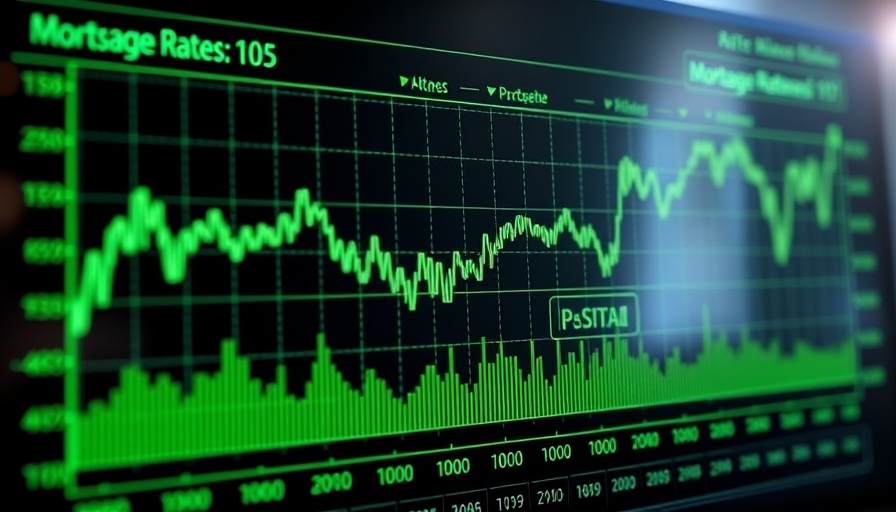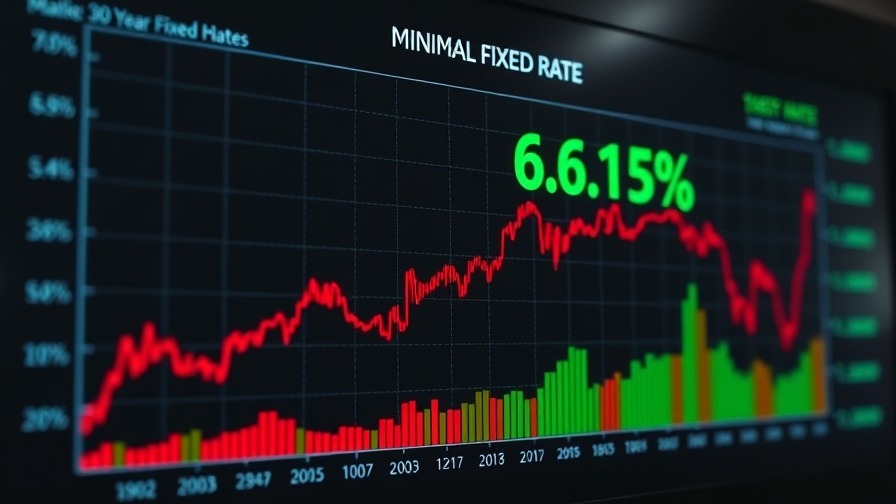
Understanding the Impact of Powell’s Speech on Mortgage Rates
Mortgage rates can significantly sway home purchasing decisions, and this week, the market responded to Federal Reserve Chair Jerome Powell's recent remarks at the annual Jackson Hole Symposium. Powell's speech emerged as a key market mover, and while it didn't contain groundbreaking news, it served to reinforce existing trends amidst ongoing economic uncertainty. As commentary flows in on the implications of Powell's insights, it's critical to analyze the current landscape of mortgage rates and the potential future trajectory of the market.
Why the Fed’s Current Stance is Especially Relevant
In the context of recent Federal Reserve policies, Powell’s remarks point to a notable shift. His acknowledgment of a weakening labor market suggests potential rate cuts on the horizon. This is particularly important as inflation concerns continue to linger. The balance between these two economic indicators—employment and inflation—plays a vital role in the Fed’s decision-making process, especially in light of the mixed jobs report that preceded the conference.
A Peek into the Mortgage Rate Landscape
As of August 22, 2025, the average 30-year fixed mortgage rate now stands at 6.52%, having made a decisive drop following Powell's speech. This rate marks the lowest point for 2025 so far, barely edging out previous lows from earlier in the month. Such movements compel potential homebuyers and refinancers to consider their strategies in the current lending environment.
Why Timing is Crucial in This Market
The latest decrease in mortgage rates serves as a reminder of the importance of timing in the real estate market. With every minor fluctuation in rates prompted by Fed policy or economic news, prospective buyers must stay alert. The subtle shift observed recently underscores how fragile and multifaceted mortgage rates can be, driven largely by economic data releases and Fed communications.
Future Predictions: What Lies Ahead?
Looking to the future, market analysts speculate that the potential for a rate cut could inspire more consumers to enter the housing market. If the Fed proceeds with cuts, it could lead to further reductions in mortgage interest rates, fostering a more favorable environment for buyers. This increase in demand could have downstream effects, potentially stabilizing or even increasing home prices as more consumers seek to capitalize on lower rates.
The Broader Economic Context Matters
In addition to focusing on mortgage rates, it is helpful to consider the broader economic environment. External factors such as international trade, consumer confidence, and various fiscal policies are all inextricably linked to the mortgage market's health. The current cautiously optimistic sentiment around the Fed’s approaches could significantly affect housing markets across the nation.
Actionable Insights for Homebuyers
Given the current fluctuations in mortgage rates, prospective homeowners should stay informed and consider acting swiftly. Consultation with mortgage professionals can provide tailored advice on how shifts in interest rates can affect individual financial strategies. Alongside understanding the market dynamics, buyers should consider evaluating numerous loan options to secure the best possible rates.
Final Thoughts: Preparedness is Key
In conclusion, while Jerome Powell’s speech did not unleash major changes in direction, it played a pivotal role in signaling the potential shifts in mortgage rates. Understanding these nuances is essential for both individual investors and prospective homebuyers. As economic indicators evolve, staying prepared and informed can significantly influence financial outcomes, allowing consumers to make the most of these opportunities as they arise.
 Add Row
Add Row  Add
Add 




Write A Comment